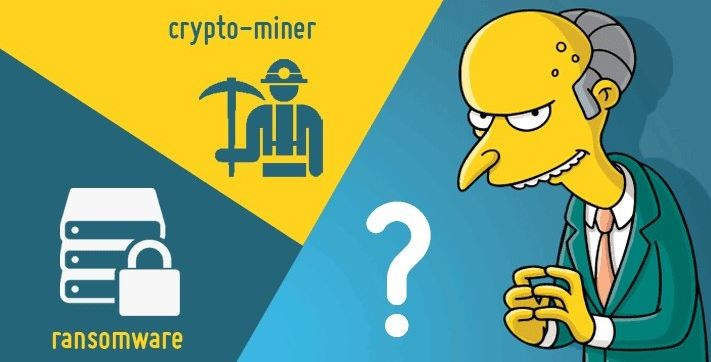In the realm of cybersecurity, zero-day exploits stand as the sinister specter haunting both individuals and organizations alike. These stealthy cyber weapons strike with unparalleled speed and precision, exploiting vulnerabilities that are often unknown to software developers and security experts. In this blog, we delve into the depths of zero-day exploits, exploring their nature, impact, and the urgent need for proactive defense strategies in the digital age.
Understanding Zero-Day Exploits
Zero-day exploits derive their name from the fact that they take advantage of security vulnerabilities that are "zero days old." In other words, they target flaws in software or hardware that developers have not yet patched or even become aware of. This gives attackers the upper hand, as there are no defenses in place to mitigate the threat when the exploit is first deployed.
The process of discovering and exploiting zero-day vulnerabilities is a clandestine art mastered by skilled hackers and cybercriminals. These individuals meticulously study software code, searching for weaknesses that can be leveraged for nefarious purposes. Once a vulnerability is identified, they develop exploit code designed to take advantage of it, often creating sophisticated malware or crafting targeted phishing campaigns to deliver the exploit payload.
The Devastating Impact
The consequences of zero-day exploit cyberattacks can be catastrophic, both in terms of financial losses and reputational damage. These attacks can lead to data breaches, financial theft, espionage, and even sabotage of critical infrastructure. Moreover, because zero-day exploits target unknown vulnerabilities, they can evade traditional security measures such as antivirus software and intrusion detection systems, making them particularly challenging to detect and mitigate.
One of the most infamous examples of a zero-day exploit in recent years is the Stuxnet worm, which targeted Iran's nuclear program. Stuxnet exploited multiple zero-day vulnerabilities in Microsoft Windows and Siemens industrial software to infiltrate and sabotage centrifuges used in Iran's uranium enrichment facilities. This highly sophisticated cyber weapon, believed to be developed jointly by the United States and Israel, demonstrated the immense power and potential consequences of zero-day exploits in the realm of cyber warfare.
The Arms Race of Cybersecurity
In the ever-evolving landscape of cybersecurity, the battle between attackers and defenders rages on unabated. The discovery and exploitation of zero-day vulnerabilities represent a constant arms race, with attackers seeking to gain the upper hand by uncovering and weaponizing new exploits faster than defenders can patch them.
For organizations, the challenge lies in implementing robust security measures to defend against zero-day exploits while also maintaining operational efficiency and agility. This requires a multi-layered approach to cybersecurity, including regular software patching, network segmentation, intrusion detection systems, and user education to mitigate the risk of social engineering attacks.
Toward Proactive Defense
As the frequency and sophistication of cyberattacks continue to rise, the need for proactive defense strategies has never been more critical. Organizations must adopt a proactive mindset, anticipating and preempting potential threats rather than simply reacting to them after the fact. This includes investing in threat intelligence, conducting regular security assessments, and fostering a culture of cybersecurity awareness throughout the organization.
Furthermore, collaboration and information sharing within the cybersecurity community are essential for staying ahead of emerging threats. By pooling resources and expertise, security researchers and industry professionals can work together to identify and mitigate zero-day vulnerabilities before they can be exploited by malicious actors.
In conclusion, zero-day exploit cyberattacks represent a formidable challenge in the ongoing battle to secure the digital world. As technology continues to advance, so too must our defenses evolve to confront the ever-changing threat landscape. By understanding the nature of zero-day exploits and implementing proactive defense strategies, we can better protect ourselves and our organizations from the looming specter of cyber threats.

Latest News and Updates
Latest News
-

1
Posted Date Aug 28, 2024
BlackByte Ransomware Exploits...
The threat actors behind the...
-

2
Posted Date Aug 28, 2024
CISA Flags Critical...
The U.S. Cybersecurity and Infrastructure...
-

3
Posted Date Aug 28, 2024
New QR Code...
Cybersecurity researchers are calling attention...
-

4
Posted Date Aug 27, 2024
PEAKLIGHT Downloader Deployed...
Cybersecurity researchers have uncovered a...
-

5
Posted Date Aug 27, 2024
New Linux Malware...
Cybersecurity researchers have uncovered a...



